When it comes to measurements in cooking, it’s important to know about the metric vs imperial systems! Let’s take a deep dive into these two systems of measurement, and why it even matters in the first place.
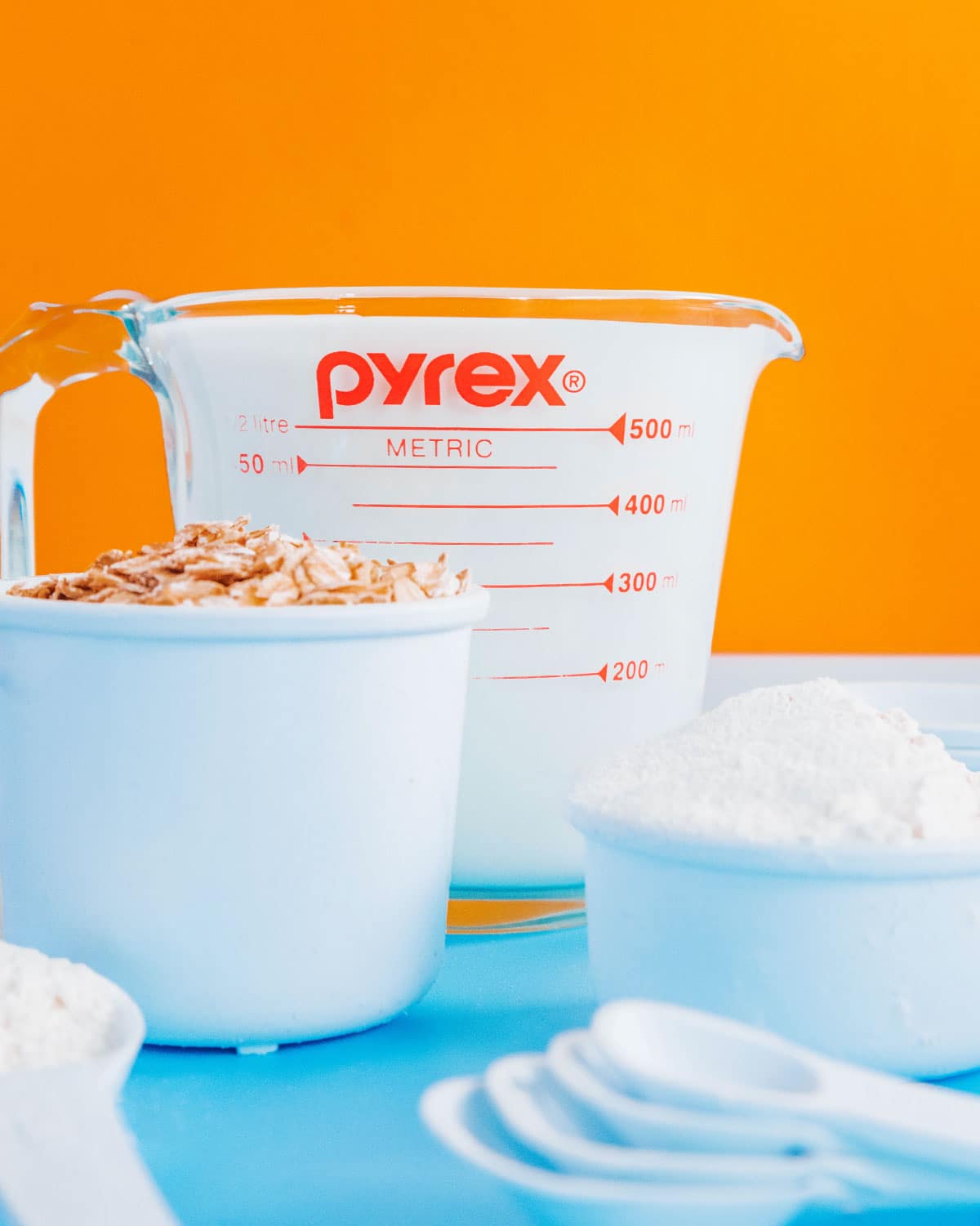
We’re going to do a deep dive on the imperial vs metric systems of measurement, or as some justifiably say, Metric vs English systems.
Here in the United States we use mostly the imperial measurement system while almost the rest of the world uses the metric system. Metric measurements, however, are becoming increasingly more common in recipes, food labels, scientific uses, etc. With this increased use comes a need to be able to convert easily between the two systems.
The main difference between metric and imperial systems is that the metric is based on units of 10, 100, 1000, 1/10, 1/100, 1/1000. Imperial measurements were initially based on 1/2s, 1/4s, 1/8s, though there are many outliers like 12 inches in a foot.
Table of Contents
- What is the Metric System?
- What is the imperial system?
- Metric vs Imperial Conversion Charts
- Which is better?
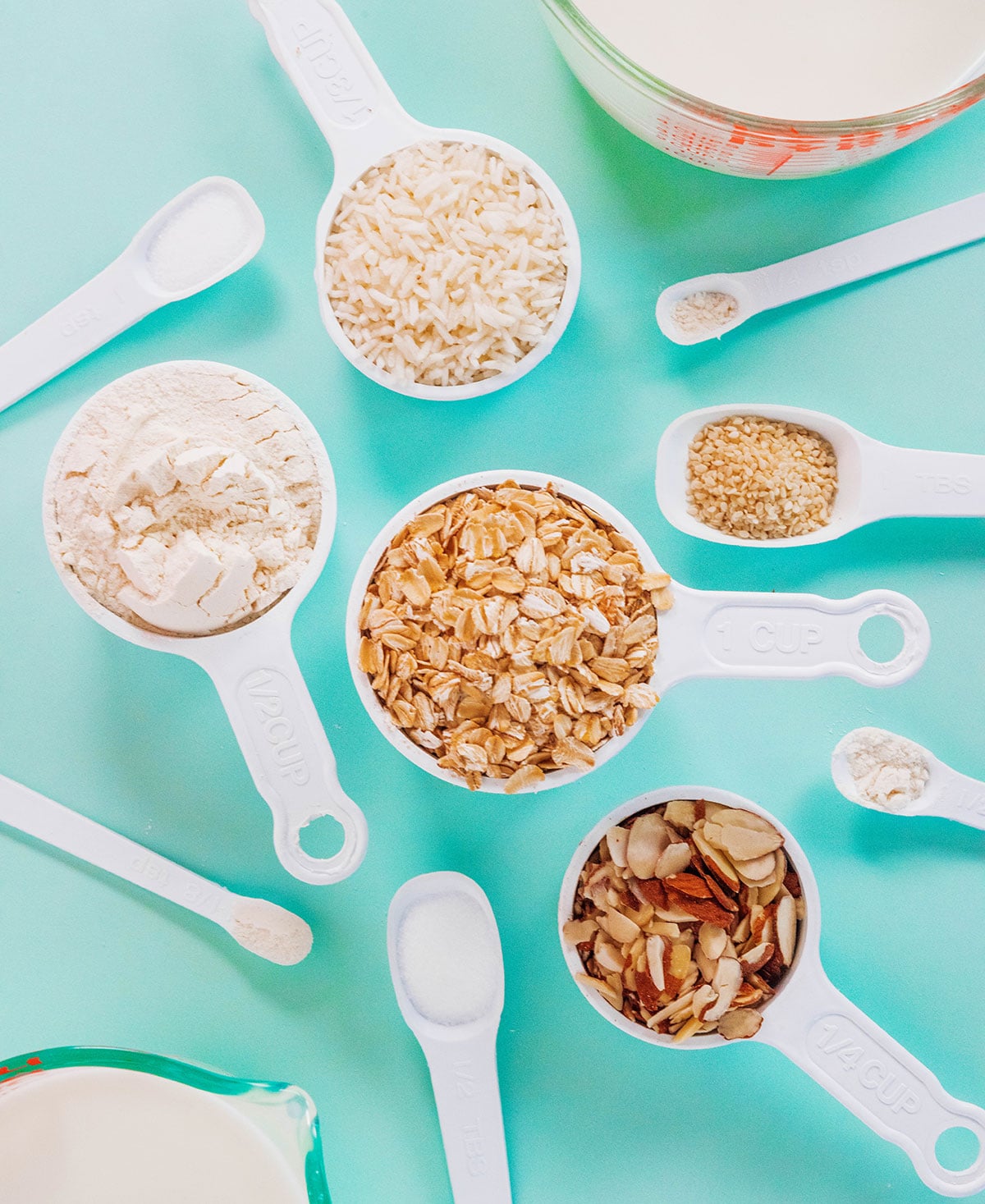
What is the Metric System?
The metric system is the standard for almost every country in the world.
Where did the metric system come from?
The French gave us the metric system after the French Revolution of 1789-1793. The French people wanted to erase everything to do with the monarchy. It wasn’t enough to just cut off the king and queen’s heads, they threw out the old measurement system and introduced the metric system based on 10s and decimals. It caught on and by 1795 there was agreement across most of Europe to standardize using metric measures.
How does the metric system work?
Metric measurements are based on the meter for length and the kilogram for mass. It is based on units of 10, 100, 1000, 1/10, 1/100, 1/1000, making for easy division!
Common Metric Measurements
This list is pretty short because the conversions within the metric system are so easy!
- 1000 grams in 1 kilogram
- 1000 milligrams in 1 gram
- 1000 milliliters in 1 liter
- 1000 meters in 1 kilometer
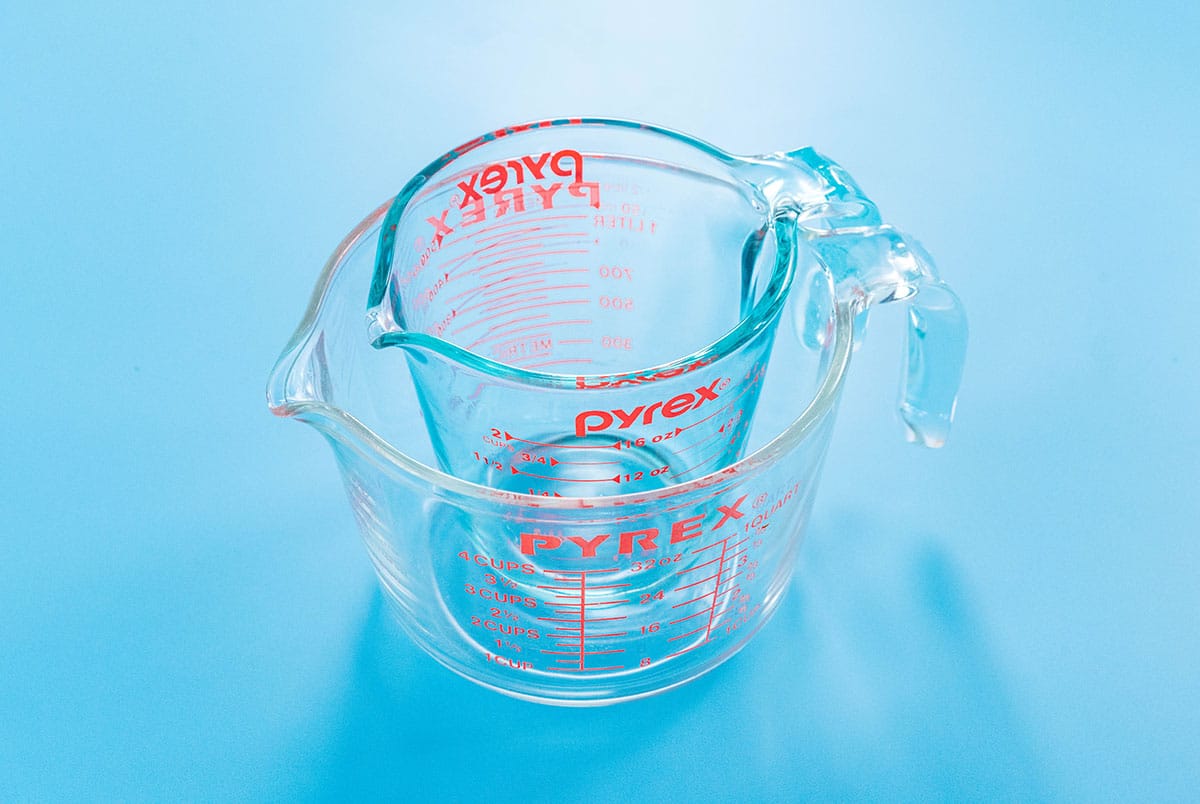
What is the imperial system?
The USA held out and remains today one of three nations that still use imperial measurements. The other two are Myanmar and Liberia.
Where did the imperial system come from?
Could anything seemingly make less sense? 5,280 feet in a mile? Who thought of that? Well, the Roman Army did. The mile came from the Latin “mille passus” which meant 1,000 paces. So a mile was how far a Roman soldier marched with 1,000 paces. The measure of a foot came from, well, his sandaled foot.
How does the imperial system work?
Imperial measurements were initially based on 1/2s, 1/4s, 1/8s though there are many outliers like 12 inches in a foot. The imperial system is pretty old school, but when you look at it, it really made a lot of sense. In ancient Rome everything was measured in 1/2s, 1/4s, 1/8s etc. This seems awkward today as the decimal based metric system is so simple, but in Roman times 1/4 of a gallon, i.e. a quart, was easy to measure. A 1/4 was obtained by dividing a container of anything in half then half again. This was an easy and reliable way of measuring everything.
How is the British imperial system different from the US?
The United Kingdom still uses some old measurements as it suits them. British beers are still served in pints, though their pint is 20 oz vs 16 in the US, and they still like to give their weight in Stones. A stone being 14 lbs. And as we showed in the conversions a Canadian or UK Imperial Gallon is 20% larger than the US gallon.
Common Imperial Measurements
Where our list of common measurements for the metric system was quite short, this list is much longer, because the imperial units don’t lend themselves quite as easily to quick conversions! For volume measurements, some common imperial conversions are:
- 3 teaspoons in 1 tablespoons
- 16 tablespoons in 1 cup
- 2 cups in 1 pint
- 2 pints in 1 quart
- 4 cups in 1 quart
- 16 cups in 1 gallon
But it’s also useful to be able to convert imperial weights to imperial volumes:

Metric vs Imperial Conversion Charts
With so many types of measurements (particularly in the imperial system), it can be tricky to remember metric to imperial conversions. These conversion charts contain many of the most common metric vs imperial conversions you’ll need in cooking!
Imperial to Metric Volumes
While the imperial system requires you to have a slew of measuring spoons and cups, the metric system requires just a single liquid measurement, which is based on the liter. It’s useful to be able to convert these imperial volumes to metric measurements, especially in cooking (like milliliters in a cup, milliliters in a pint, milliliters in a gallon, and liters in a gallon!)
| Imperial Measurement | Milliliters (mL) | Liters (L) |
|---|---|---|
| 1 tsp | 4.9 | 0.00 |
| 1 Tbsp | 14.8 | 0.01 |
| 1/4 cup | 59 | 0.06 |
| 1/2 cup | 118 | 0.12 |
| 1 cup | 237 | 0.24 |
| 1 pint | 473 | 0.47 |
| 1 quart | 946 | 0.95 |
| 1 US gallon | 3785 | 3.79 |
| 1 Imp Gallon | 4543 | 4.54 |
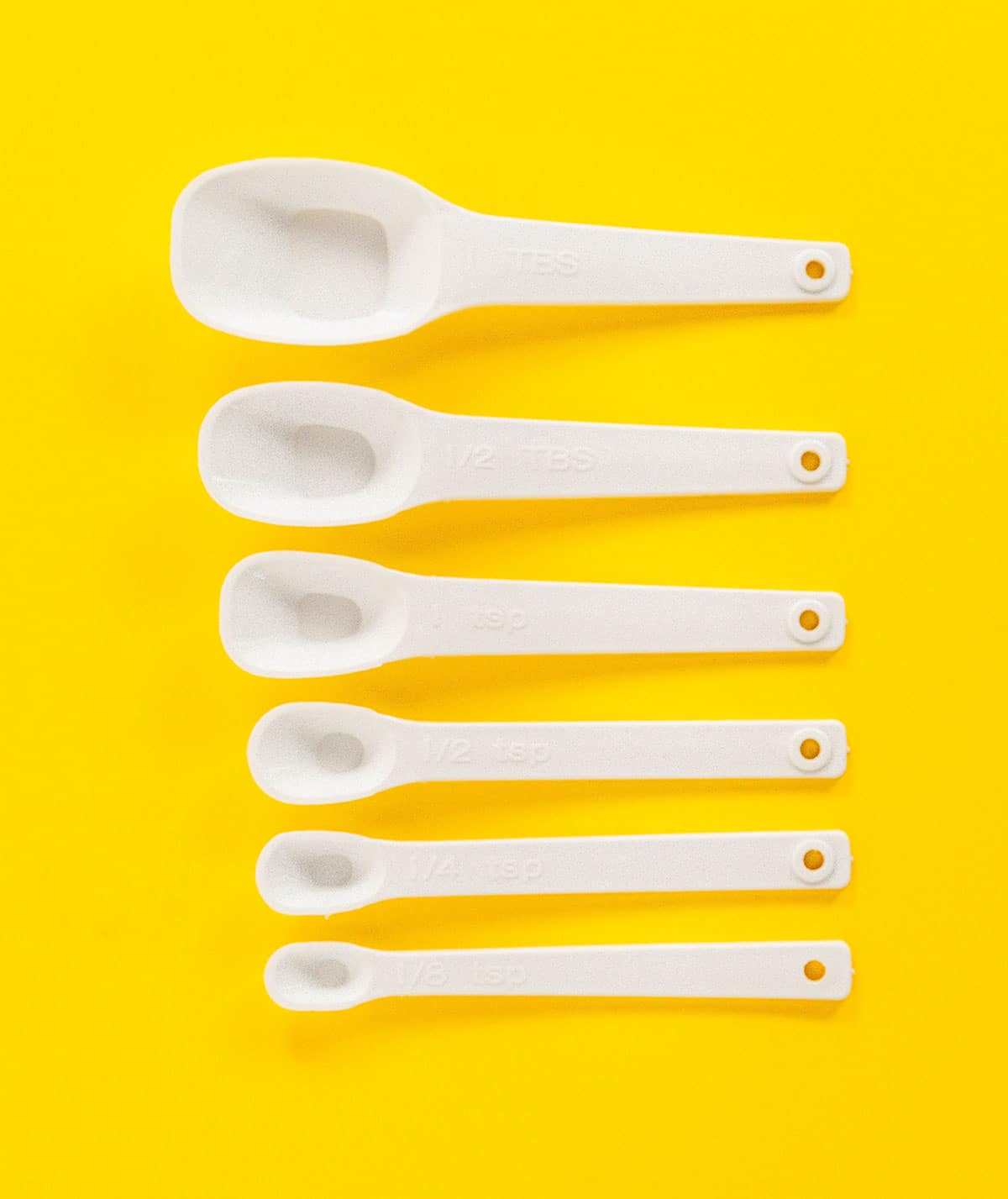
Metric to Imperial Volumes
Some of the most common imperial units are volumes (think cups, pints, etc). So whether you need to know how many ounces are in a liter or how many cups are in a liter, this conversion chart has you covered.
Note that we list two types of gallons, the US gallon and the imperial gallon, which is still used occasionally in Canada and the UK. The imperial gallon is 20% larger than a US gallon.
| Metric | Cup | Pint | Quart | Gallon | Imp Gallon |
|---|---|---|---|---|---|
| 50 mL | 0.211 | 0.106 | 0.053 | 0.013 | 0.016 |
| 100 mL | 0.423 | 0.211 | 0.106 | 0.026 | 0.032 |
| 200 mL | 0.845 | 0.423 | 0.211 | 0.053 | 0.063 |
| 333 mL | 1.408 | 0.704 | 0.352 | 0.088 | 0.106 |
| 500 mL | 2.113 | 1.057 | 0.528 | 0.132 | 0.159 |
| 1 liter | 4.227 | 2.113 | 1.057 | 0.264 | 0.317 |
| 2 liters | 8.454 | 4.227 | 2.113 | 0.528 | 0.634 |
| 5 liters | 21.134 | 10.567 | 5.283 | 1.321 | 1.585 |
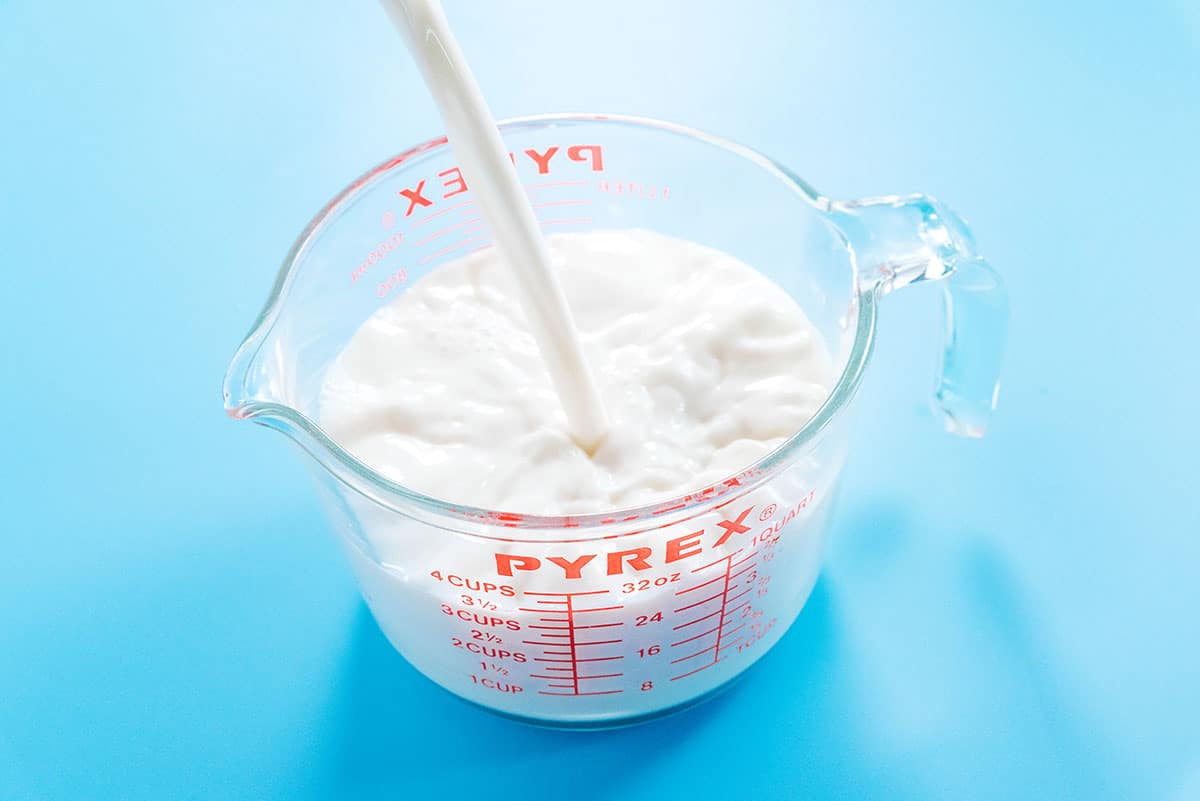
Imperial to Metric Weights
Where the imperial system uses ounces and pounds for measurement, the metric system is based on the kilogram. So whether you need to know how many grams are in an ounce or grams in a pound, or ounces in a kilogram, this chart should help you out.
| Imperial | Gram | Kilograms |
|---|---|---|
| 1/4 ounce | 7 | 0.007 |
| 1/2 ounce | 14 | 0.014 |
| 1 ounce | 28 | 0.028 |
| 2 ounces | 57 | 0.057 |
| 4 ounces | 113 | 0.113 |
| 8 ounces | 227 | 0.227 |
| 12 ounces | 340 | 0.340 |
| 1 pound | 454 | 0.454 |
| 2 pounds | 907 | 0.907 |
| 5 pounds | 2268 | 2.268 |
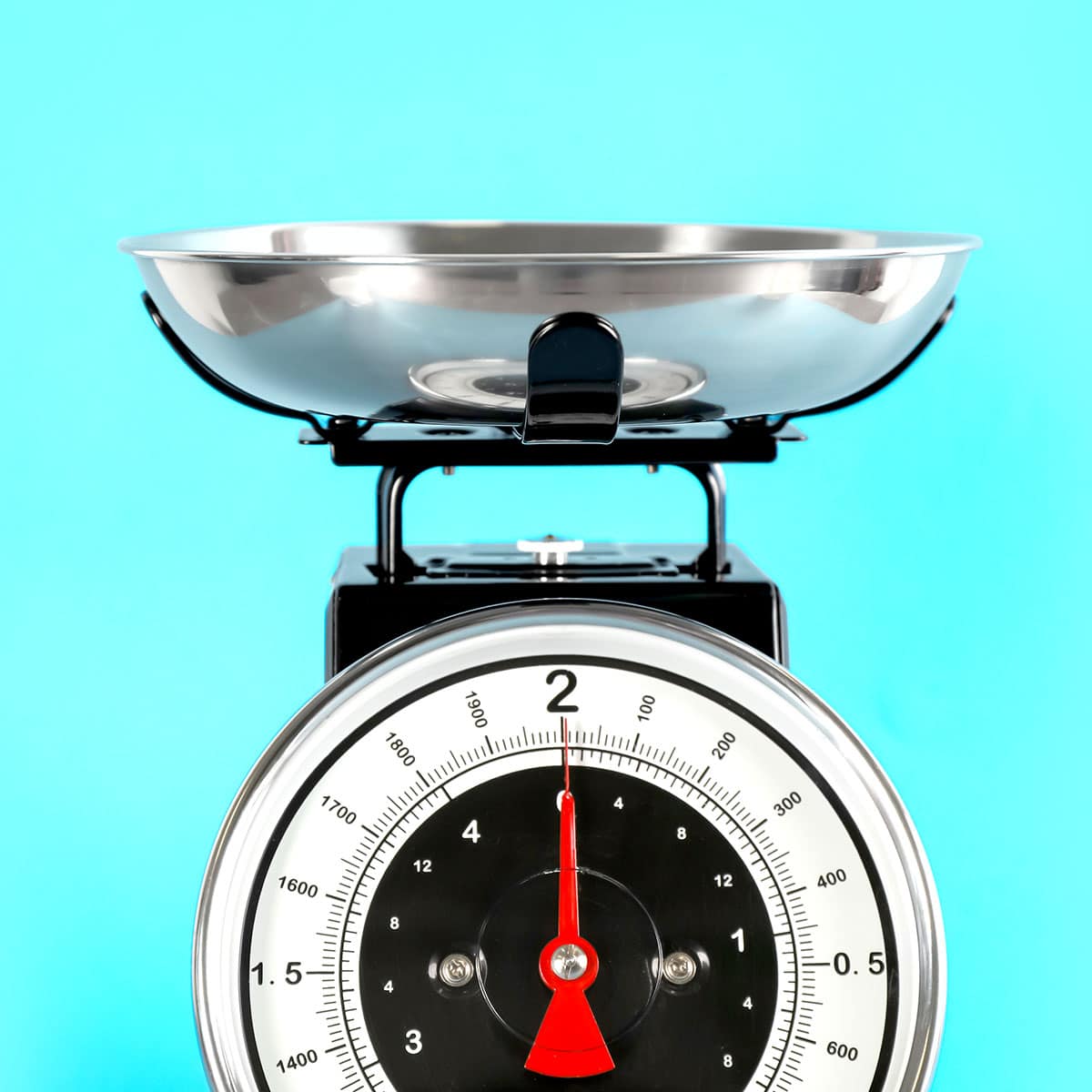
Metric to Imperial Weights
| Metric | Ounces | Pounds |
|---|---|---|
| 50 grams | 1.76 | 0.11 |
| 100 grams | 3.53 | 0.22 |
| 200 grams | 7.05 | 0.44 |
| 300 grams | 10.6 | 0.66 |
| 500 grams | 17.6 | 1.1 |
| 1 Kilogram | 35.3 | 2.2 |
| 2 Kilogram | 70.5 | 4.4 |
| 5 Kilogram | 176.4 | 11.0 |
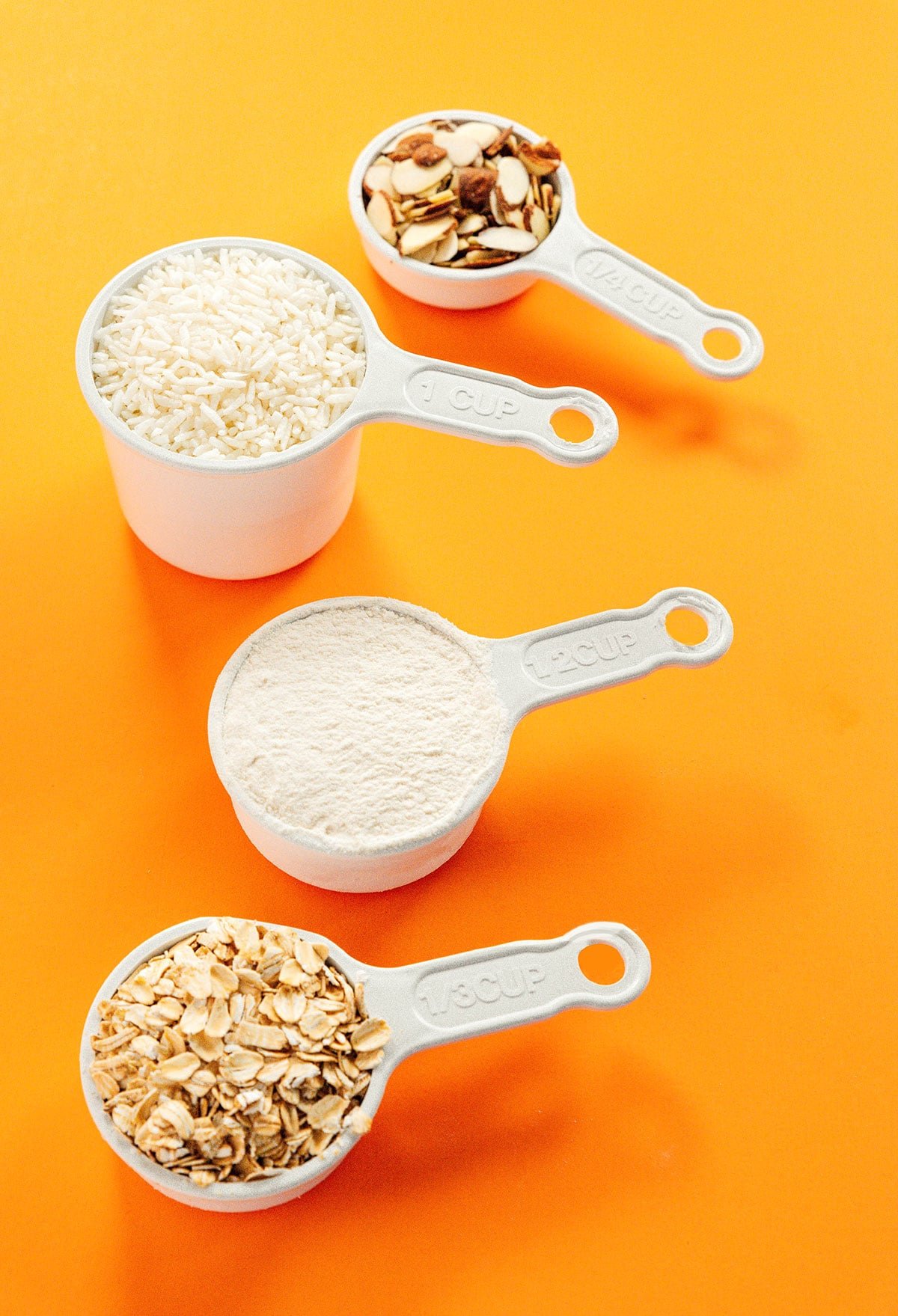
Which is better?
So which is better, the metric or imperial system? The metric system, based on standardized units and common sense division, is the clear winner! Though with the imperial system so deeply rooter in US and UK way of life, we’re unlikely to see it going away anytime soon.
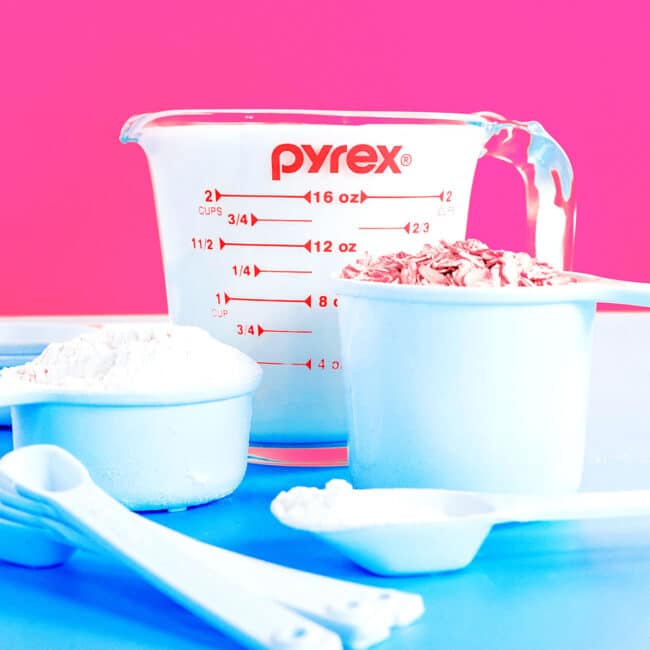

Charlton Aposeal says
Convert 1 tablespoon to both volumes and weight
Sarah Bond says
Weight is difficult because it depends on the ingredient being measured.
Ian Brooks says
Recipes are more a case of proportions rather than absolute amounts, in which case it doesn’t really matter which system you use provided you keep the relative proportions. Funnily enough, many imperial supporters criticise the metric system but are happy to increase or decrease quantities for a bigger/smaller cake, but keeping the ratios the same.
Another problem is conversions, these will always result in funny amounts, a bit like translating word for word from a foreign language.
I am “bilingual” being of an age where I learned imperial (British) but have lived in metric countries most of my life. I am used to metric amounts
– 500g jar of peanut butter / jam (vs 1 lb or 454g)
– 1 litre bottle of milk (vs a US quart 0.946 L)
– 5 litres of gas (vs 1.32 US gal)
– 5 litres of petrol (vs 1.10 Imp gal)
– 1 kg bag of sugar (vs 2.2 lb)
– a tall man is 1.8m (5’11”)
Basically, once you are used to metric it has a whole swathe of “ordinary” standard measures.
But it’s a LOT easier to calculate with and a LOT easier to link measures of one dimension with another e.g., a litre of water weighs a kg and is equal to 1,000cc or 10x10x10 cm. I challenge an American to tell me how much a pint or a gallon of water weighs! (1.043 lb; 8.35 lb!!). At least an Imp Fl Oz weighs 1 oz of water.